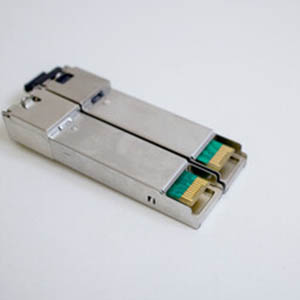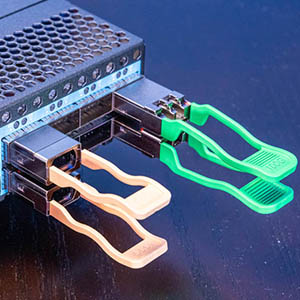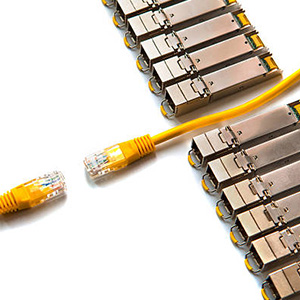As global communication demands surge, fiber transceivers are becoming increasingly critical in future communication networks. These devices are not only essential components of current network infrastructure but also serve as the driving force behind future network upgrades and technological innovations. This article explores the advancement of fiber transceivers, their application scenarios, common challenges, and future development trends.
1. Technological Innovations Driving Fiber Transceiver Development
Significant progress has been made in the technology of fiber transceivers, especially in high-speed and long-distance transmission. A prime example is Lumentum’s recently launched 800ZR+ transceiver, which enhances performance through optimized photonic integrated circuit technology. This advancement enables the transceiver to maintain stable high-bandwidth output in metropolitan and long-distance transmission applications
Furthermore, with the rapid development of 5G, cloud computing, and big data technologies, the demand for fiber transceivers and the technical requirements they must meet continue to rise. Future communication networks will require higher transmission speeds and lower latency, and fiber transceivers will play a crucial role in meeting these demands by supporting higher transmission rates and extended distances(Fiber-Life Connect).
2. Key Application Scenarios for Fiber Transceivers
- Data Center Interconnects: As data centers expand globally, efficient network interconnection becomes essential. Fiber transceivers, with their high bandwidth and low latency, are the preferred solution for connecting data centers.
- 5G Base Station Backhaul: With the comprehensive coverage of 5G networks, the demand for base station backhaul has significantly increased. Fiber transceivers provide an efficient and stable transmission path, ensuring real-time data flow across large volumes.
- Long-Haul Backbone Networks: In long-distance transmission, fiber transceivers are crucial. Advanced modulation techniques and optical amplifiers enable these transceivers to effectively reduce signal attenuation, achieving ultra-long-distance data transmission.
3. Common Challenges with Fiber Transceivers and Solutions
Despite their wide application potential, fiber transceivers face several common challenges:
- Signal Attenuation: Optical signals tend to attenuate over long distances. Solutions include the use of high-performance optical amplifiers and the optimization of photonic integrated circuit designs to enhance transmission stability.
- Compatibility Issues: Different manufacturers’ fiber transceivers may encounter interoperability challenges. Addressing this requires industry-wide standardization and the promotion of modular designs to improve compatibility.
- Cost Pressures: The R&D and production costs of high-performance fiber transceivers are substantial. Scaling production and optimizing technology can gradually reduce costs and increase market penetration.
4. Conclusion and Outlook
Fiber transceivers are indispensable in future communication networks. With ongoing technological advancements and expanding application scenarios, fiber transceivers will continue to lead the development direction of communication networks. However, to address technical challenges and market competition, the industry must continue to innovate, standardize, and control costs to meet the needs of future networks. By actively tackling these challenges, fiber transceivers will provide solid support for the upgrade and development of global communication infrastructure.













